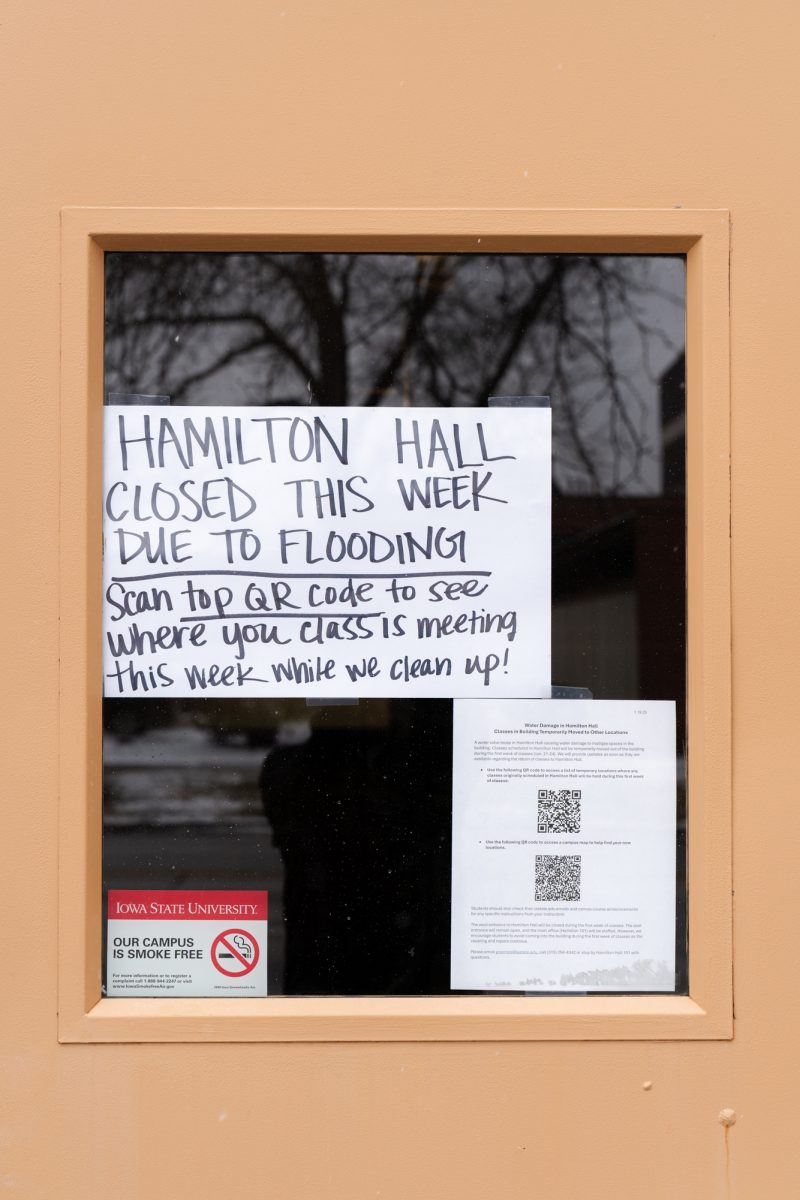Prof says `Ally’ portrays stereotypes
November 29, 2001
The Fox television show “Ally McBeal” is constructed in a way that portrays women and ethnic minorities in a negative, stereotypical light, says one ISU professor.
Tracey Owens Patton, assistant professor of journalism and mass communication, had a paper published in the November 2001 issue of the Journal of Black Studies explaining how the show helps feed stereotypes.
Patton said she was a fan of the show during the first season, but she started to notice changes in its second season. “I heard a lot of conversations around body image, how skinny Ally McBeal was,” she said. “But there was a silence about how the other women on the show were constructed against Ally McBeal.”
McBeal is portrayed as the perfect woman, to which no other woman can measure up – on the show or in real life, Patton said.
Many times McBeal is shown as the ideal type of “whiteness” – virginal, pure and pious, Patton pointed out. “In one episode, she is visited by a unicorn, which only happens to the purest of the pure,” she said.
The other characters, Patton said, are portrayed as counterparts to McBeal’s goodness, which is particularly dangerous, because some of the characters are ethnic minorities.
The character Renee Radick, an African-American district attorney and McBeal’s former roommate, is one example.
“Renee, in juxtaposition with Ally, is seen as very deviant and sexual, embodying all the stereotypes of blackness,” Patton said. “At the beginning of the show, she was a strong, competent DA. But as the show progressed, she lost all of her cases to Ally, and [Renee’s] character became all about her breasts and how they relate to her men.”
The character Ling Woo, an Asian-American lawyer who works with McBeal, embodies another stereotype, Patton said.
“I find this particular stereotype very dangerous,” she said. “I called this section in my paper `Asian Fantasy Woman/Dragon Lady.’ She is seen as an ethnic minority who is very sexual, secretive and manipulative.”
This is dangerous, because there are no other Asian-American characters on television to counter this stereotype, she said.
Patton said these stereotypes have an “extreme impact on the American society. When you don’t see other images out there, these stereotypes become naturalized and are not seen as a big deal,” she said.
The danger is not only in America, she said, but in the countries that U.S. media is exported to, as well.
“They believe this is how those groups in America are,” Patton said. “Through our media is how other societies see us and what we are saying about our own American culture and subcultures.”
For the study, Patton watched and rewatched every episode of Ally McBeal to analyze the character development.
“I want to empower the viewers,” she said. “TV producers listen to what viewers want through the ratings.”
Patton said that if more people are aware of the dangers that these subtle stereotypes cause, they could pressure the TV producers to make a change.
Ross Beck, junior in management and a fan of the show, said he hasn’t noticed any stereotypes when watching McBeal. “I guess I don’t really go looking for that kind of stuff,” he said.






